Classification of conventional instruments
First, pressure gauge
Second, temperature instrument
Third, the flow meter
Fourth, level instrument
Fifth, analysis instrument
Classification by function
Indicators include local pressure gauges, thermometers, level gauges, and flow meters.
Switch type instruments are common temperature switch, pressure switch, flow switch, temperature switch, liquid level switch and so on.
Transmitters include temperature transmitters, pressure transmitters, flow transmitters, liquid level transmitters, etc.
definition
Detection instrument ------ The detection element, transmitter and display device are collectively referred to as detection instrument.
A meter ----- is generally a meter that is to be measured and converted into a physical quantity that facilitates metering, that is, a detection element. A measuring instrument is in direct contact with the media and is installed in place.
Secondary instrument - A device that converts measured signal transmissions into quantifiable standard electrical signals and displays them. That includes the transmitter and display device.
The transmitter converts the output signal of the sensor to a signal that can be recognized by the controller (or a signal source that converts the non-electrical energy from the sensor input into an electrical signal and amplifies it for remote measurement and control, typically 4--20mA. ) Converter.
Transmitters usually consist of two parts: sensors and signal converters. The sensor is a device that accepts input information, and according to a certain rule, it is replaced with an output variable of the same kind or other nature. A converter is a device that accepts a form of signal and converts it into another form according to a certain rule.
Transmitters mainly include temperature transmitters, pressure transmitters, flow transmitters, and level transmitters.
First, pressure gauge
Pressure gauge: Through the elastic deformation of the sensitive element in the watch, the pressure deformation is transmitted to the pointer by the conversion mechanism of the movement in the watch, causing the pointer to rotate to display the pressure.
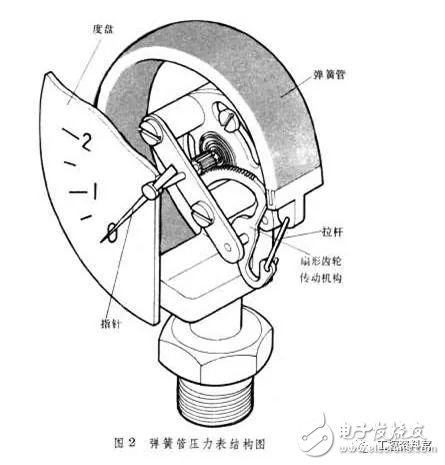
Pressure Switch
The pressure switch is a simple pressure control device. When the measured pressure reaches the rated value, the pressure switch can send an alarm or control signal.
The working principle of the pressure switch is: When the measured pressure exceeds the rated value, the free end of the elastic element is displaced, and the switch element is directly or after the comparison is pushed to change the on-off state of the switching element to achieve the purpose of controlling the measured pressure.

Second, temperature instrument
Temperature instruments are mainly divided into glass tube thermometers, bimetal thermometers, pressure thermometers, thermal resistance, thermocouples, temperature transmitters, temperature switches, non-contact thermometers, etc.
According to the principle of work:
Divided into expansion thermometers, pressure thermometers, thermocouple thermometers, thermal resistance thermometers and radiation pyrometers.
According to the measurement method:
Divided into contact and non-contact two categories. The former temperature measuring element is in direct contact with the measured medium, so that the measured medium and the temperature measuring element can be fully heat exchanged to achieve the purpose of temperature measurement; the latter temperature measuring element is not in contact with the measured medium, and the heat is achieved by radiation or convection. Exchange to achieve the purpose of temperature measurement.
Glass tube thermometer:
This thermometer is very simple and common.
The current high precision is often used in the instrument calibration room.
Due to the low price, there are applications in the factory.

Bimetal thermometer: Using the principle of different expansion coefficients of different metals, bimetals will have different degrees of curvature at different temperatures, indicating the temperature can be displayed by indicating this degree of bending. Because of the different coefficients of thermal expansion, when the temperature of the bimetal changes, the degree of thermal expansion and contraction of the two sides is different. Therefore, at different temperatures, the degree of bending changes.
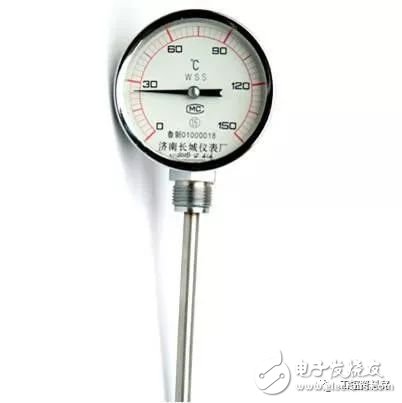
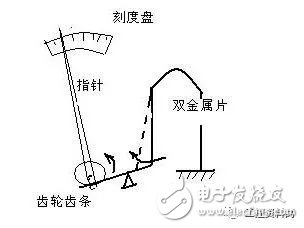
Pressure gauge thermometers: Pressure gauge thermometers are based on the principle of volume expansion or pressure change after heat, liquid, gas, or low-boiling liquids and saturated vapors in a closed vessel, and measure this change with pressure. Measured temperature.
Pressure gauge thermometer consists of the following three parts:
Warm package - The warm package is a component that directly touches the measured medium to sense the temperature change, so it is required to have high strength, small expansion coefficient, high thermal conductivity and corrosion resistance, etc., according to the working medium Different media can be measured, warm package can be made of copper alloy, steel or stainless steel.
2. Capillary—It is a seamless tube cold-drawn with materials such as copper or steel to transmit pressure changes.
3. Spring tube - it is the elastic element used for general pressure gauges.
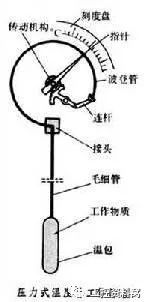
Thermal resistance is one of the most commonly used temperature detectors in the medium and low temperature regions. Its main features are high measurement accuracy and stable performance. Among them, platinum thermal resistance has the highest measurement accuracy. It is not only widely used in industrial temperature measurement, but also used as a standard reference instrument.
Thermistor temperature measurement principle: Thermistor temperature measurement is based on the characteristic that the resistance value of metal conductor increases with the increase of temperature to perform temperature measurement. Most of the thermal resistance is made of pure metal materials. Currently, platinum and copper are the most widely used.
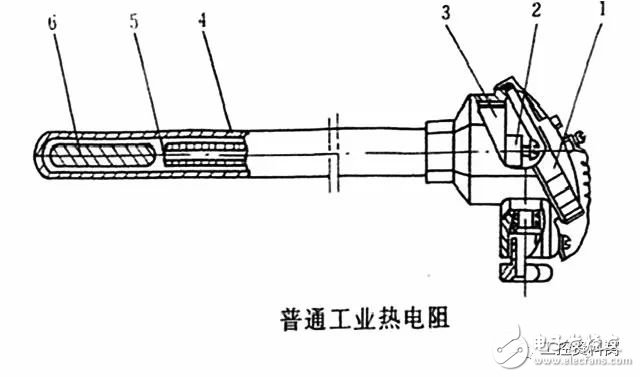
The thermocouple is the most commonly used temperature detection element in the medium and high temperature regions. Its main features are high measurement accuracy and stable performance.
The thermocouple works:
The thermocouple thermometer consists of three parts: a thermocouple (thermo-element); an electrical measuring part (dynamic coil meter or potentiometer); a thermocouple and measuring instrument wire (compensation wire).

Thermocouples consist of two different conductors or semiconducting materials (such as A and B in the figure above) welded or spliced. One end of the weld is called the thermocouple's hot end (measurement or working end), and the other end of the wire is called the thermocouple's cold end (free end). The two conductors or semiconductors that make up a thermocouple are called hot electrodes. Plug the hot end of the thermocouple into the production equipment that needs to measure the temperature. The cold end is placed outside the production equipment. If the temperature at both ends is different (for example, the hot end temperature is t, the cold Swiss temperature is to), then Thermal potential E is generated in the thermocouple circuit. This thermoelectric potential E is related to the temperature t and to the average E across the thermocouple. If you keep t. Without change, the thermoelectric potential E is only a function of the measured temperature t. After measuring the value of E with an electric meter, the magnitude of the measured temperature t is known.
Temperature Switches
The traditional temperature switches are mostly mechanical type, which are divided into: vapor pressure type thermostats, liquid expansion type thermostats, gas adsorption type thermostats, and metal expansion type thermostats.
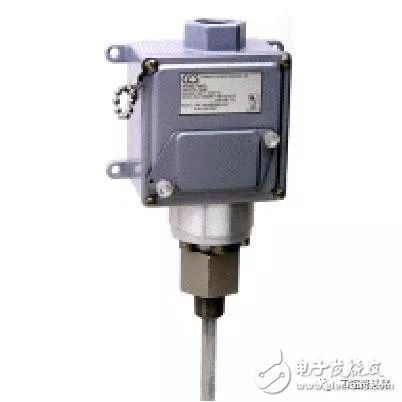
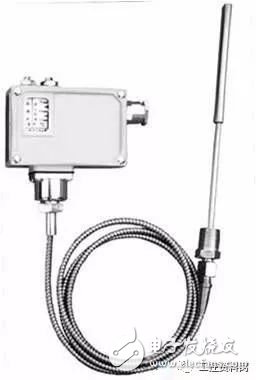
Non-contact thermometers rely on infrared radiation, brightness, color difference and other methods of induction, comparison, to get the measured object temperature. The advantage is that it can be measured remotely, with a large measuring range and can measure very high temperature objects. Such as infrared thermometers, brightness thermometers and so on. The disadvantage is that the general accuracy is not high. However, it is indispensable as a factory auxiliary temperature measuring element.
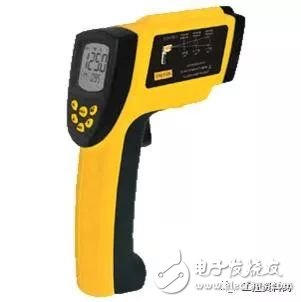
Third, the flow meter
Turbine flowmeter, orifice flowmeter (including integrated orifice flowmeter), mass flowmeter, rotameter, vortex flowmeter, ultrasonic flowmeter, electromagnetic flowmeter, target flowmeter
According to the principle:
Mechanics: differential pressure, float, target, vortex, etc.;
Acoustics: Ultrasound
Electricity: Electromagnetic flowmeters, etc.
Differential pressure flowmeter
Differential pressure flowmeter is a throttling device (including throttling element and pressure taking device), pressure guiding tube and differential pressure meter or differential pressure transmitter and display instrument which can convert the measured flow into differential pressure signal. Made up of. In the unit combination meter, the differential pressure signal generated by the throttling device is converted into a corresponding electrical signal or gas signal by a differential pressure transmitter for display and adjustment.
Due to the square root relationship between differential pressure and flow, the flow display instruments are equipped with a square device to linearize the flow rate scale.
The fluid flowing in the pipeline has kinetic energy and potential energy. Under certain conditions, these two kinds of energy can be converted to each other, but the sum of the energy participating in the conversion is constant. The throttling element measures flow using this principle. In throttling devices, orifice plates, nozzles, venturi tubes, etc. are the most widely used.
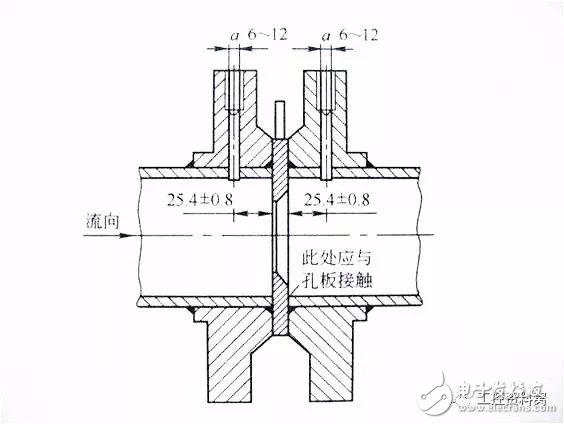
Orifice flowmeters: Fluids filled with pipelines. When they flow through the throttling device in the pipeline, the flow stream will form a local contraction at the throttling member of the throttling device, so that the flow rate increases, the static pressure is low, and then the throttling Pressure drop occurs before and after the piece, that is, the pressure difference, the greater the flow of the medium flow, the greater the pressure difference generated before and after the throttle piece, so the orifice plate flow meter can measure the size of the fluid flow by measuring the pressure difference.
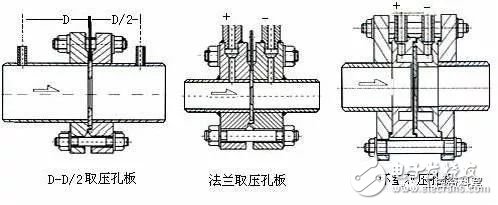

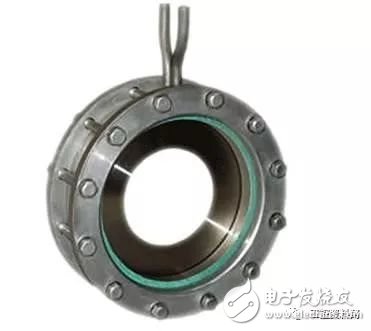
Three standard throttling elements in the instrument:
a: Orifice
b: nozzle
c: Venturi tube
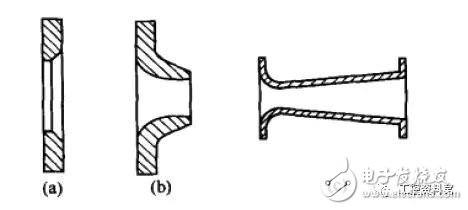
Rotameter, also called area flowmeter or constant pressure drop flowmeter, is also a kind of flow measurement instrument based on the throttling principle when the liquid flows. However, the accuracy of the rotameter is affected by the temperature, density, and viscosity of the measured medium, and the meter must be installed vertically. Principle: The rotameter is composed of a conical tube that expands upwards and a rotor that has a density greater than the density of the measured medium and can flow up and down with the flow of the measured medium.
When the liquid flows from bottom to top, the rotor moves upwards due to the impact of the liquid. With the upward movement of the rotor, the annular flow area between the rotor and the conical tube increases, the flow velocity of the liquid decreases, and the impact action weakens until the upward force of the liquid acting on the rotor balances with the gravitational force of the rotor in the fluid. At this point, the rotor stays at a certain height in the cone. If the liquid flow increases again, the position of the rotor is higher when balancing, and vice versa. Therefore, the size of the liquid flow can be measured according to the height of the rotor levitation.

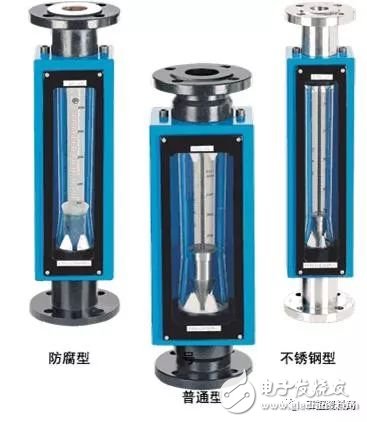
Turbine flowmeter: When the measured fluid flows through the turbine flowmeter sensor, under the action of the fluid, the impeller is forced to rotate, its rotation speed is proportional to the average flow velocity of the pipeline, and the rotation of the impeller periodically changes the magnetic resistance value of the magnetoelectric converter. The magnetic flux in the detection coil is periodically changed to generate a periodic induced potential, ie, an electrical pulse signal, which is amplified by the amplifier and sent to the display instrument display.
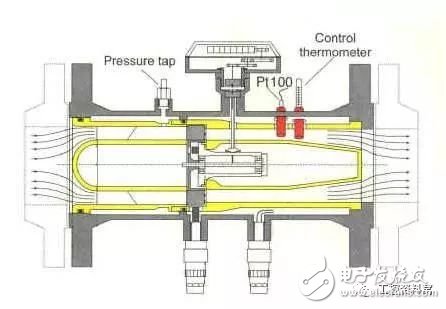
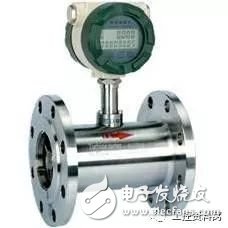
Doppler ultrasonic flowmeters work using the Doppler effect. As shown in the figure, the transmission frequency is linearly changed by reflecting particles and bubbles in the fluid. The end result is the conversion between the transmitter and receiver frequencies, which is directly related to the flow rate.
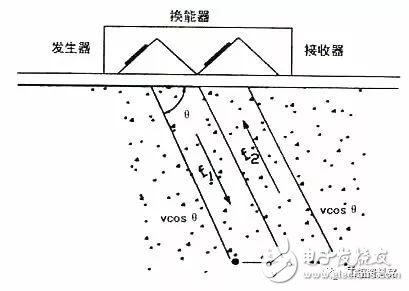
The working principle of electromagnetic flowmeter is based on Faraday's law of electromagnetic induction. In the electromagnetic flowmeter, the conductive medium in the measuring tube is equivalent to the conductive metal rod in the Faraday experiment, and two electromagnetic coils at the upper and lower ends generate a constant magnetic field. When there is a conductive medium flowing, an induced voltage is generated. Two electrodes inside the pipe measure the induced voltage generated. The measuring pipe is electromagnetically isolated from the fluid and the measuring electrode by a non-conductive inner lining (rubber, Teflon, etc.).
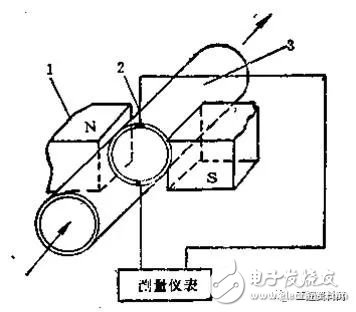
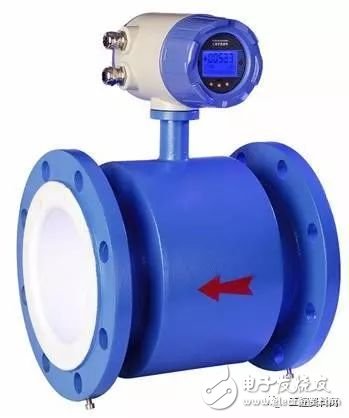
Fourth, liquid level instrument
Differential pressure level gauge, float level gauge, magnetic flap level gauge, glass level gauge, strip type level gauge, radar level gauge, ultrasonic level gauge, depth level gauge, nuclear radiation material Meter
The detection element of the float level gauge is a buoy that is immersed in the liquid. It changes with the change of the liquid level to produce buoyant force, to push the pneumatic or electrical components, send a signal to the display instrument to indicate the value of the measured liquid level.
The figure shows the buoy type level transmission principle diagram. When the liquid level changes, the gravity of the pontoon 1 (also known as the bowl) and the unbalanced force of the buoyancy force are transmitted to the torsion tube 3 via the lever 2, and the torque tube generates elastic deformation of the corner, transmitted by the spindle 4 Out, through the push plate 5 is passed to the Hall plate 6, converted into a Hall potential, converted into a unified standard electrical signal output after power amplification, and transmitted to the display meter instructions far.
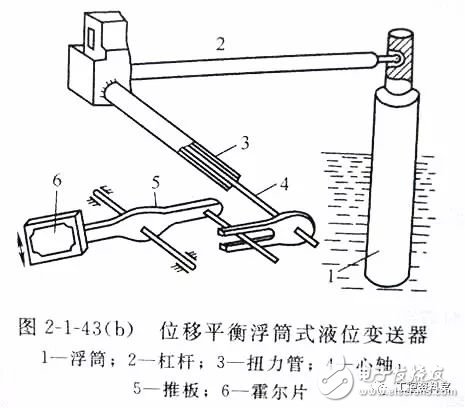
The differential pressure type liquid level works by using the principle that the static pressure generated by the liquid column also changes when the liquid level in the container is changed.
The figure shows the differential pressure level gauge measurement principle diagram. When one end of the differential pressure gauge is connected to the liquid phase and the other end is connected to the gas phase, according to the principle of hydrostatics, there are:
Pb=Pa+ÏgH
Where H------ level height
Ï------ measured medium density
g--------measured local gravitational acceleration
So there are: â–³ P = Pb-Pa = ÏgH
In general, the density and gravitational acceleration of the measured medium are known. Therefore, the differential pressure measured by the differential pressure meter is proportional to the height H of the liquid level. This changes the problem of measuring the height of the liquid level. Measure the differential pressure problem.
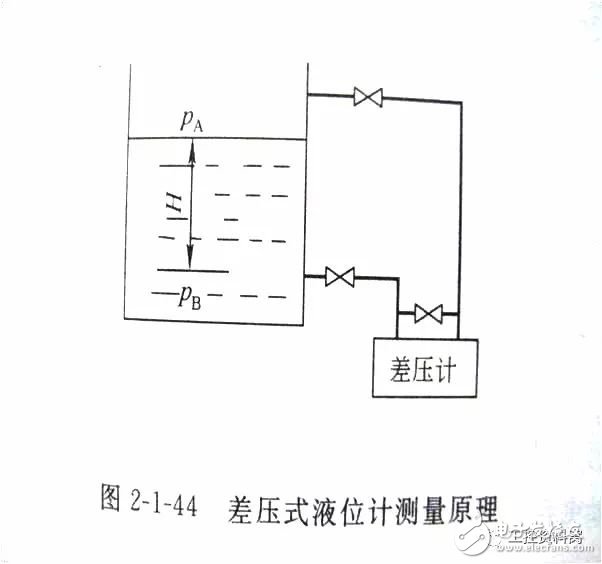
The flap of the flap level gauge is made of magnetically conductive thin sheet metal. They are arranged vertically and can each be flipped around the small axis on the frame (see picture). The flaps are painted red on one side and silver gray on the other. During operation, the communication tube of the level gauge communicates with the container via the flange, forming a communicating device. There is a buoy in the middle of the connected device, which changes with the change of liquid level. There is a magnet in the middle of the buoy, and its position is exactly the same with the liquid surface. When the liquid level rises, the magnets will attract the flaps and turn them one by one so that the red side is outside; when they fall, they are turned over again, leaving the silver side outside. That is, the color level is very high and it is very eye-catching.
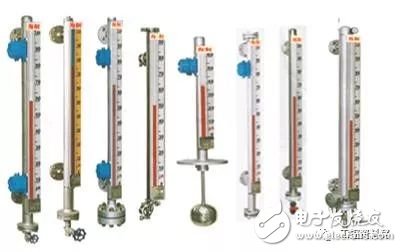
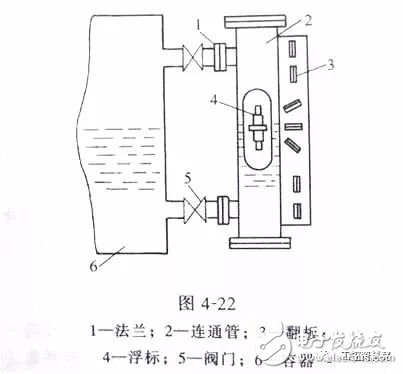
Glass plate level gauge: According to the principle of the communicator, the medium liquid in the container is led to the external glass plate level gauge, and the actual height of the liquid level in the container is directly displayed through the transparent glass.
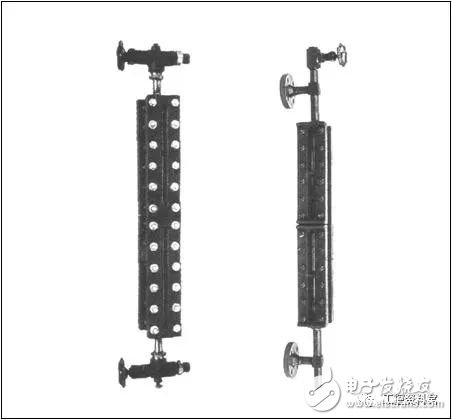
Steel belt level gauge: There are floats in the tank and guide ropes. There are two common liquid level indications, one being a magnetic pendulum with a magnetic flap indication. Another type is a steel strip with a direct display of height.
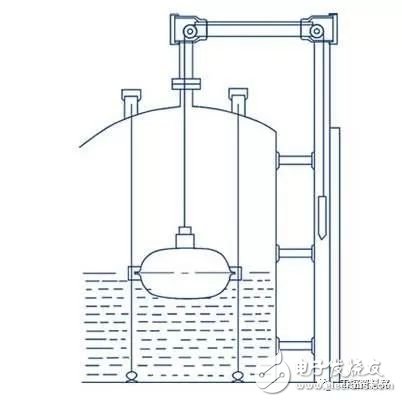
Fifth, analysis instrument
Combustible gas detector, online analysis instrument, online chromatography analysis, online dew point analysis, online CO2 analysis
Combustible gas detectors are combustible gas detectors that are responsive to single or multiple combustible gas concentrations. Combustible gas detectors are of the catalytic type and infrared type.
Catalytic combustible gas detectors measure the concentration of combustible gas using the change in resistance after the refractory metal platinum wire is heated. When the combustible gas enters the detector, an oxidation reaction (flaming combustion) occurs on the surface of the platinum wire, and the heat generated by the combustible gas increases the temperature of the platinum wire, and the resistivity of the platinum wire changes.
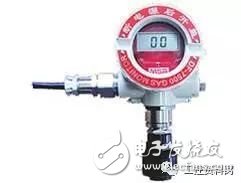
The principle of the infrared gas detector is that the infrared light is absorbed by the combustible gas and the receiving detector on the opposite side receives the weakened infrared light. Compared with a reference infrared receiver that is not passed, the actual concentration can be measured.
ZGAR AZ Mesh Vape Pods 1.0
ZGAR electronic cigarette uses high-tech R&D, food grade disposable pods and high-quality raw material. A new design of gradient our disposable vape is impressive.We equip with breathing lights in the vape pen and pods.
Our team has very high requirements for product quality, taste allocation and packaging design. Designers only use Hong Kong designers, e-cigarette liquid only imports from the United States, materials are food grade, and assembly factory wants medical grade without ground workshop.
We offer best price, high quality Mesh Pods,Pod System Vape,Pods Systems Touch Screen,Empty Pod System, Pod Vape System,Disposable Pod device,Vape Pods to all over the world.

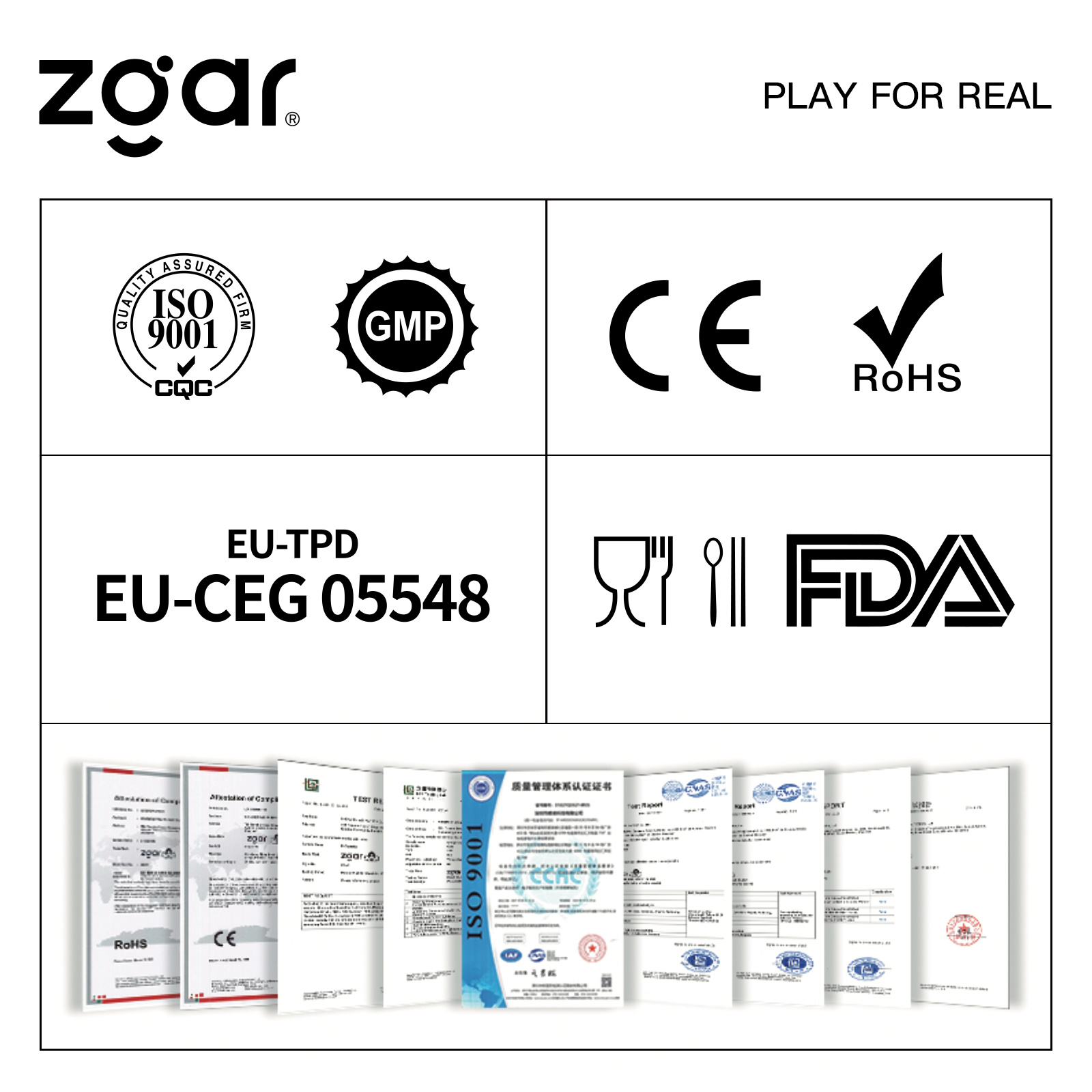
Pod Systems Vape And Smoke,Vape Pod System Device,Pod System Vape Kit,Pod System Mini Vape Pod
ZGAR INTERNATIONAL(HK)CO., LIMITED , https://www.zgarvapor.com
